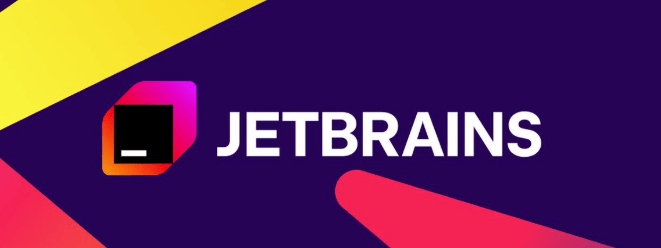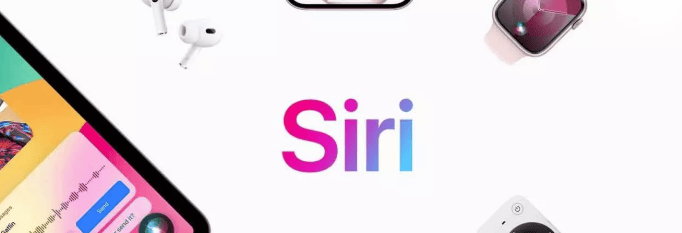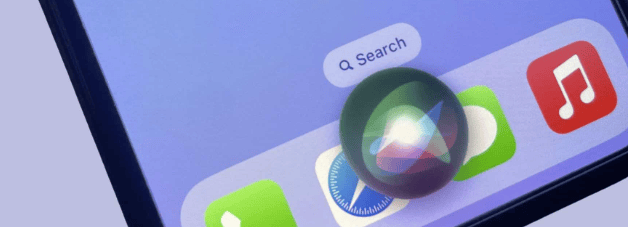- Technology Insights Daily
- Posts
- JetBrains predicts diffusion models will revolution the way we code in 2026
JetBrains predicts diffusion models will revolution the way we code in 2026
Go from AI overwhelmed to AI savvy professional
AI keeps coming up at work, but you still don't get it?
That's exactly why 1M+ professionals working at Google, Meta, and OpenAI read Superhuman AI daily.
Here's what you get:
Daily AI news that matters for your career - Filtered from 1000s of sources so you know what affects your industry.
Step-by-step tutorials you can use immediately - Real prompts and workflows that solve actual business problems.
New AI tools tested and reviewed - We try everything to deliver tools that drive real results.
All in just 3 minutes a day
Every morning, before most people even pour their first cup of coffee, I’m already diving into the world of AI, cybersecurity, and the breakthroughs shaping our digital future. Technology moves fast—but I want you to feel ahead, not overwhelmed. That’s why I started TechnologyInsightsDaily: a simple, reliable place to get the smartest tech updates in minutes. No noise, no hype—just clarity, delivered with the same curiosity and excitement that fuels me every day. Let’s explore what’s changing our world together.
According to JetBrains, the next wave of AI coding tools won’t be typical left-to-right language models, but rather diffusion-based large language models (d-LLMs) that can edit, refine and generate code out of sequential order. These models allow developers to mask and unmask code regions, jump back and forth in functions, and perform more global refactoring rather than just completing the next token. JetBrains argues this aligns more closely with how programmers actually work — sketching, revising, jumping ahead, then refining. This could mean coding assistants in 2026 feel less like simple autocomplete and more like real collaborators. The firm cautions that d-LLMs are not yet mature, but the promise is meaningful: faster generation, more understanding of code structure and fewer sequential bottlenecks. For developers, that means workflows may shift from “type, wait, accept” to “iterate, refine, collaborate”.
Apple has seeded Developer Beta 3 of its upcoming iOS 26.2 and iPadOS 26.2 updates to developers. The build (23C5044b) brings more than just bug fixes: it includes enhancements across the UI, app behaviour and system architecture, previewing what the final release might bring. Among items noted are new settings for the Side Button, improved file-sharing via AirDrop, tweaks to the Liquid Glass design, and expanded developer tools. Developers are encouraged to install and test but also to remember this is still beta software and may contain issues. The move emphasises Apple’s emphasis on rolling out incremental refinements ahead of a broader public release, likely in December. For tech observers and enterprise planners, it signals what changes are in the pipeline and what might require preparation.
In the beta version of iOS 26.2, code and documentation suggest Apple is preparing to allow iPhone users—at least initially in Japan—to set a third-party voice assistant as the default in place of Siri. Historically, the Side Button long-press has always invoked Siri; the new framework includes ability to assign that gesture to another assistant app if the developer opts in. This change appears driven by regulatory pressure, such as Japan’s Mobile Software Competition Act, which demands greater platform openness. While global rollout is not guaranteed yet, this marks a potential major shift in Apple’s hardware-software ecosystem and its default assistant strategy. For enterprise and consumer users alike, it means one less “closed” piece of the Apple experience—and opens up the possibility of integrating other assistants deeper into iOS.

With the beta of iOS 26.2, Apple has introduced a new way of sharing via AirDrop that uses time-limited codes rather than requiring open-to-everyone or contacts-only modes. According to reports, a user can generate a share-code allowing someone else for up to 30 days to send files, even if they’re not in the user’s contacts. This change addresses both convenience and security: you don’t have to open AirDrop broadly to send a quick file to someone outside your contacts, and you retain control through settings. It reflects Apple’s incremental evolution of its sharing ecosystem and shows an attention to real-world pain points (sharing without adding contacts) while balancing privacy. For professionals who share files frequently, this is a practical win. IT managers should note the feature for workflow updates.
In a region-specific update, iOS 26.2 is expected to enable users in Japan to assign the iPhone’s long-press Side Button to a third-party voice assistant rather than Siri. According to documentation, the feature requires an Apple ID set to Japan and physical location in Japan, indicating the rollout is region-restricted for now. The move comes as part of Apple’s compliance with Japan’s new regulatory regime for platform competition. Developers of third-party voice assistants must explicitly opt-in via the App Intents framework for their apps to appear in the Side Button assignment list. Though limited in geography, this is a significant step: the hardware shortcut has traditionally been locked to Siri. From an enterprise perspective, this signifies increasing flexibility in Apple’s ecosystem and could foreshadow broader changes in other markets.
Thanks for reading today’s issue. I hope something here sparked a new idea—or at least made your day a little smarter. If you found value in it, could you do one small thing for me?
Forward this email to one friend, share it on your socials, or refer someone who loves tech. Your support helps this newsletter stay independent and keeps me motivated to uncover even better insights tomorrow.
Until the next issue—stay curious, stay inspired, and keep exploring the future with me.





